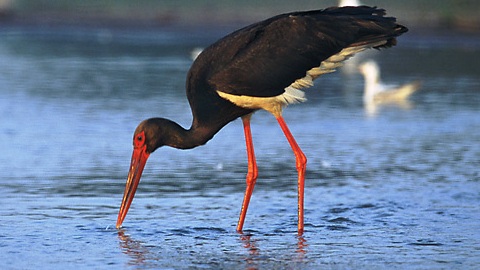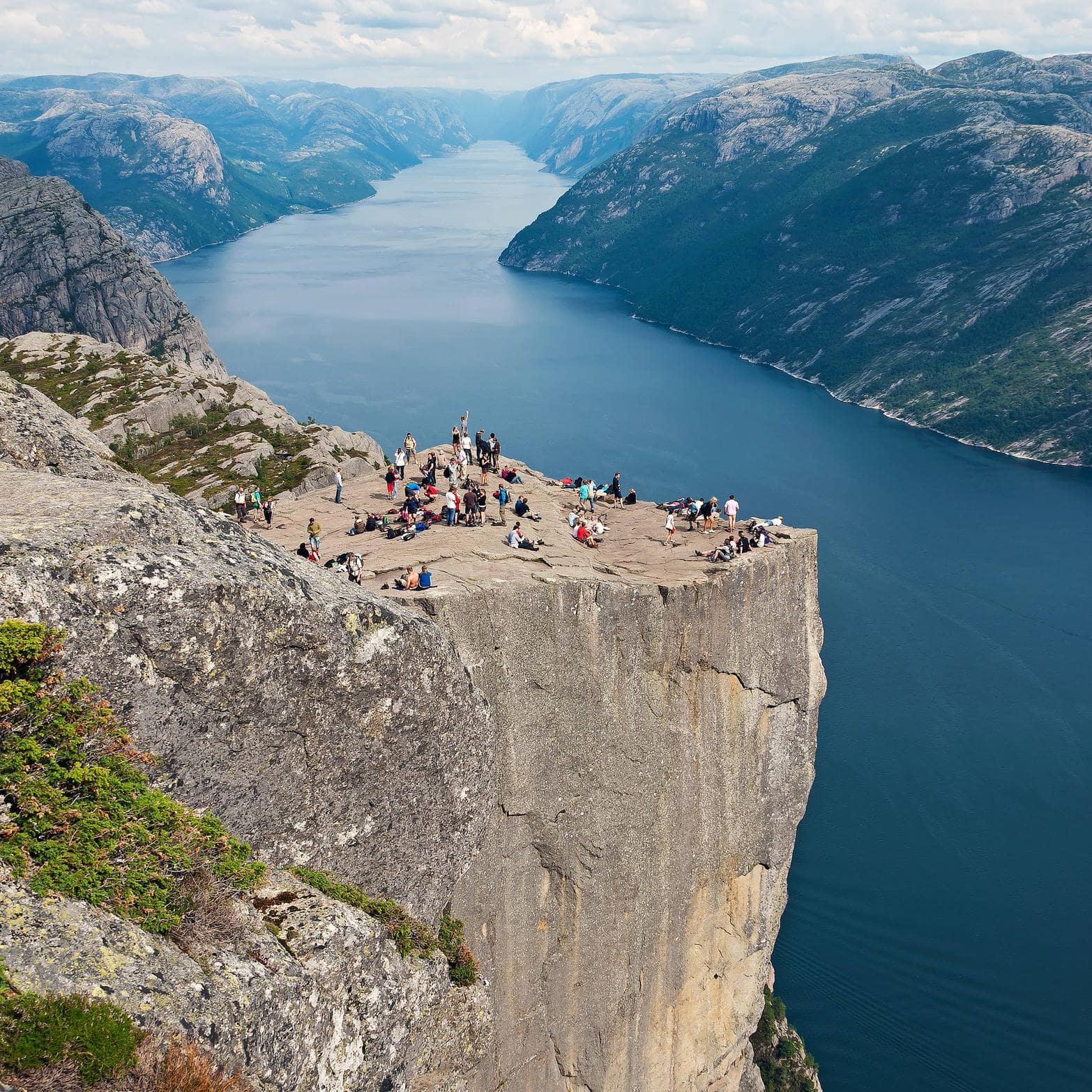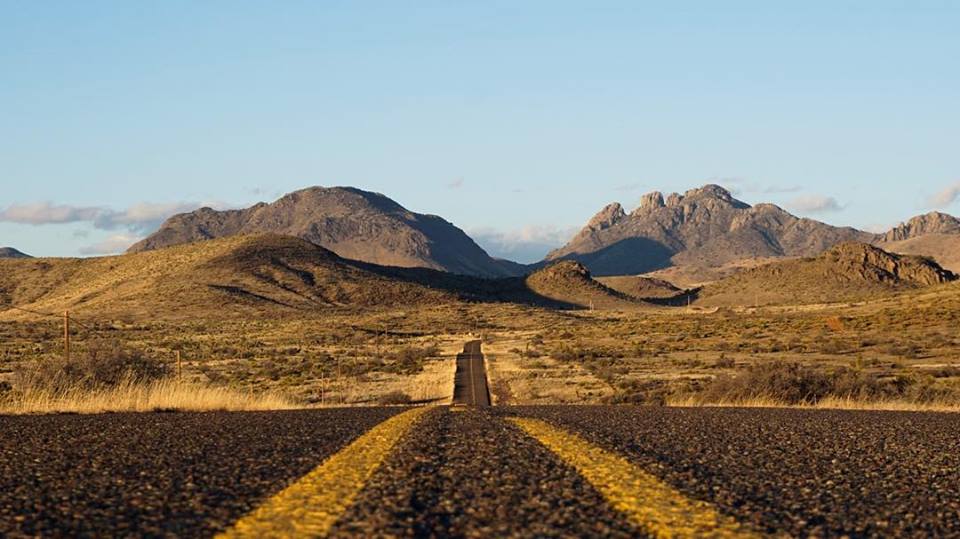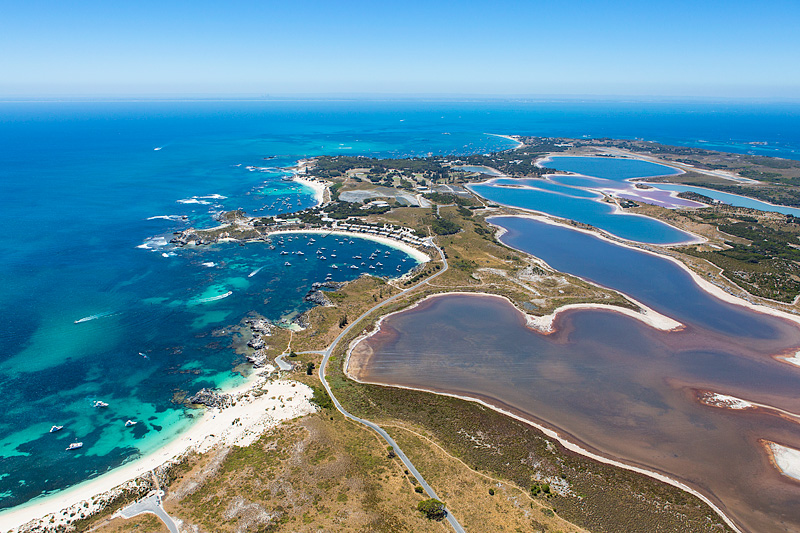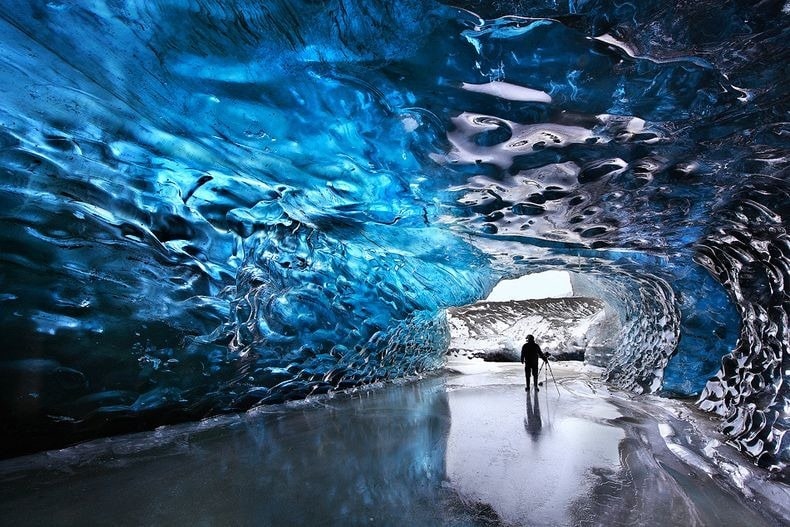It is easier to spot during migration, almost anywhere on the peninsula. The number of wintering individuals is increasing year by year. It frequents different environments depending on the period: during migrations it can be found in many environments, such as swamps, wet meadows, rice fields, and marshes. Instead, it nests in moist woods or forests near wetlands, mainly in northern Europe, and rock walls (mainly in areas with a Mediterranean climate), always far from human settlements or anthropogenic disturbances.
Presents plumage is entirely black except for white on the lower parts of the trunk and the inside of the wings; at a short distance the back shows metallic highlights between green and violet. The beak and long legs are red while in juvenile specimens they are gray-green; juveniles also have white speckled breasts.
Slightly smaller than the White Stork, it is 95 cm long and weighs about 3 kg.
The cry: rare beak strokes, and a kind of blowing or sighing.
It nests in trees of considerable height, or on rock faces, laying three to six eggs.
